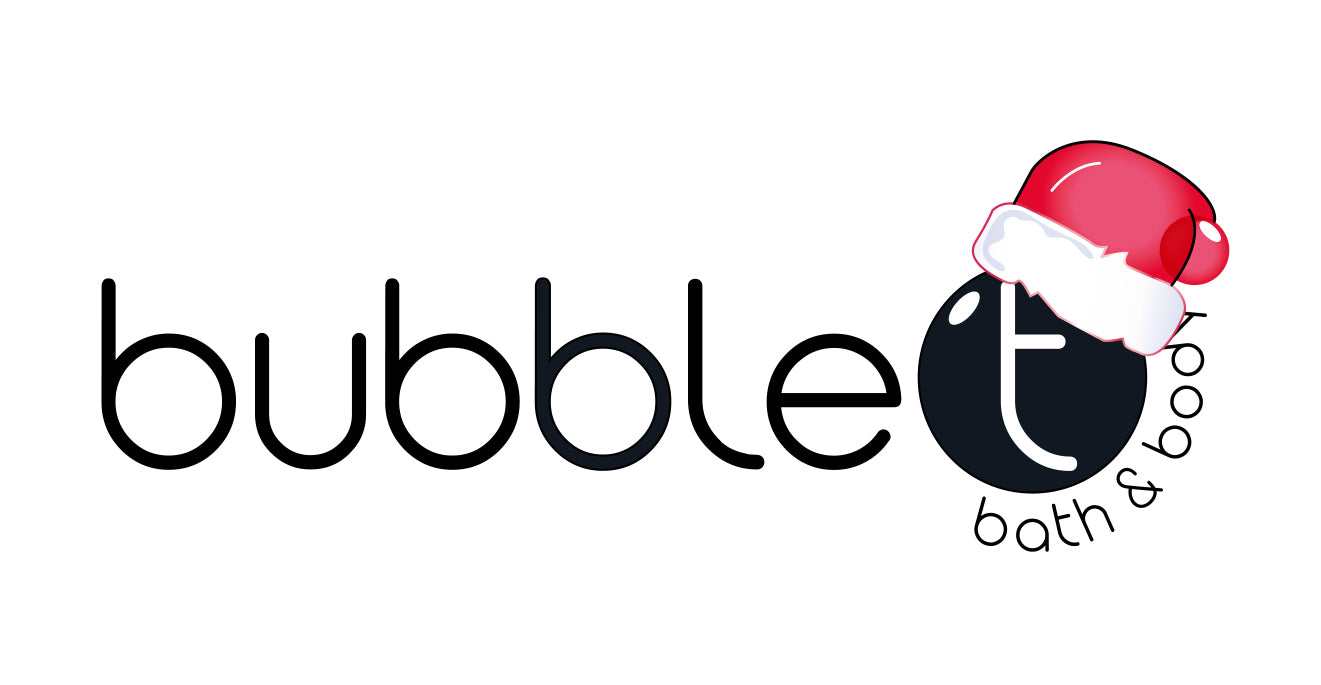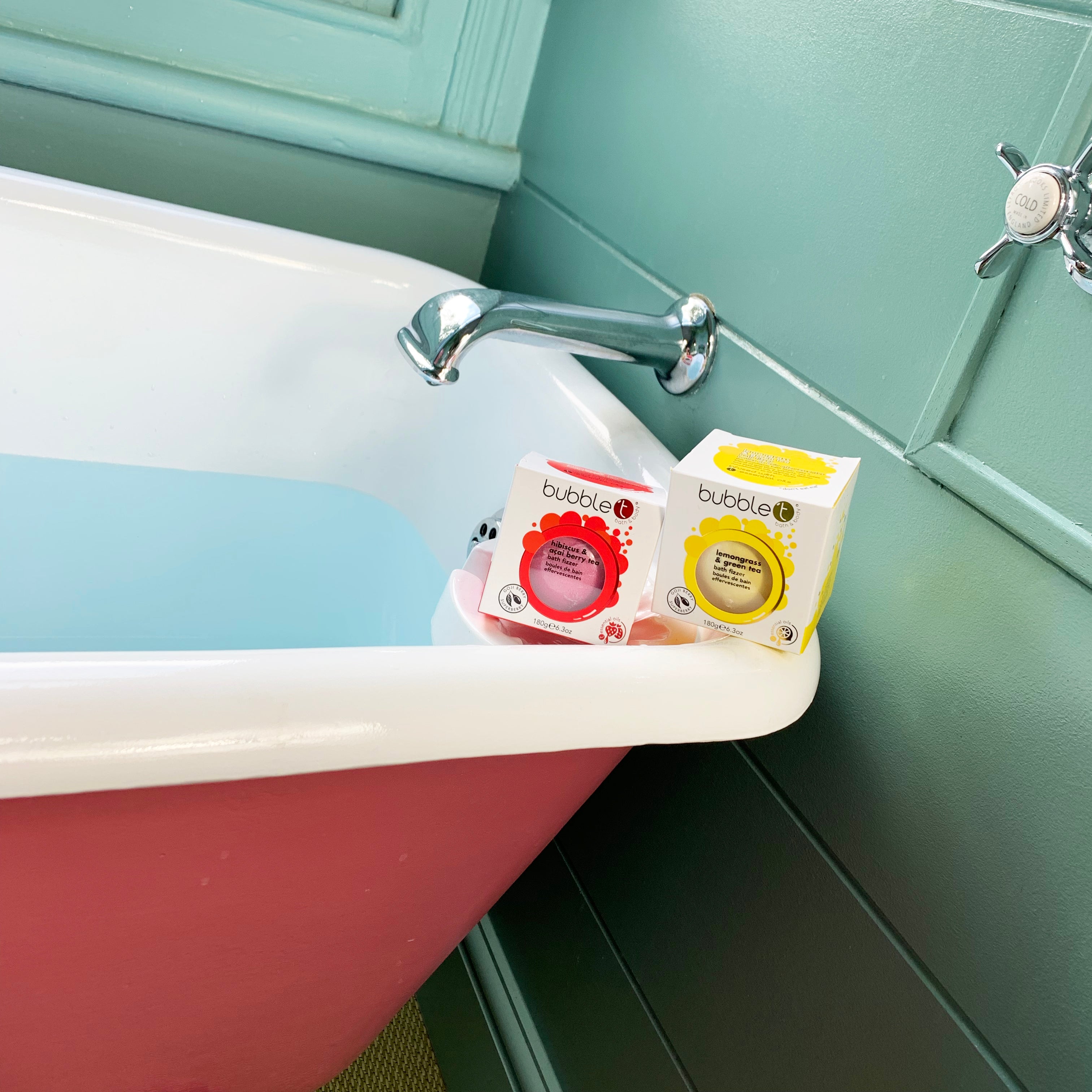Ever wondered why your shower gel lathers up differently when you’re on holiday? Shampoo feeling frothier sometimes? You might be surprised to know that it might all be down to your water…
Depending on where you live, you naturally have a certain water type which affects everything from the limescale in your kettle to how well your shower gel lathers. So, what’s it down to? It’s all caused by the mineral content in your water.
What is hard water?
Rainwater is naturally soft, however when it hits and is absorbed by ground such as chalk or limestone, this water picks up minerals along the way such as magnesium and calcium resulting in what we call ‘hard water’.
While it’s not dangerous at all, washing with hard water can make life a little tougher as the high mineral content doesn’t allow the surfactants used in most products lather up as much as they can. This can make you reach for more product to combat this lack of bubbles, but remember that washing your hair in hard water over a long period of time can leave your hair dull and brittle - making it more prone to breakage.
Also, get those hard bits in your kettle? Yep, you may notice more limescale in the kettle over time, which happens with each boil as insoluble calcium carbonate will form from the water and spread across the appliance. At least your tea still tastes delicious though!
What is soft water?
Soft water is usually water that does not pass through natural rocks such as limestone or chalk, or has been processed through a water softening process to remove additional minerals. This can be found in bottled water but also the rise in shower heads with in-built water filters.
Using soft water can have a huge difference when using products such as hand wash, shower gel, shampoo and other similar items, as the lack of minerals allows these products to foam to the max. You may find that you need to use less product to create the same bubbly effect!
How can I tell the difference?
Well, we’ve got a little experiment for you to try. Start with filling a clear lidded container (a standard water bottle is perfect) with water straight from the tap to around a third of the way full. Then add a small amount of liquid soap in and shake vigorously for around 10 seconds. Make sure you’ve got the lid on though!
If your container has a good amount of suds at the top, and the water underneath the bubbles becomes nice and clear, then you likely have soft water. However, if you don't get many suds after shaking and your water looks a little cloudy, that’s usually a good indication you have hard water.
Whether you have hard or soft water in your home, it is still perfectly safe to drink and to wash with. You might need to pop in slightly more product if you love a shower or bath with extra bubbles... but that’s the perfect excuse to use more! So sit back, relax and enjoy...



Share:
NEW IN - 70% alcohol cleansing hand gels!
Introducing the new Tropical scents!